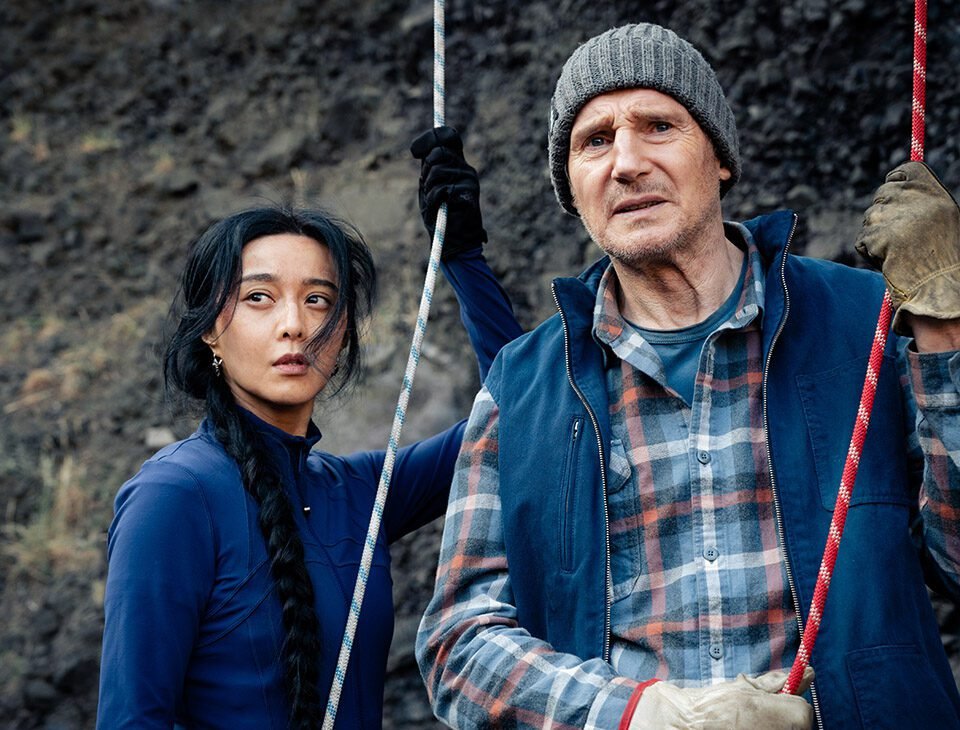


‘Ghost Trail’ Review: A Tense, Terrifically Acted Thriller About Syrian Exiles in France
May 24, 2024


‘The Most Precious of Cargoes’ Review: Michel Hazanavicius’ Mawkish Animated Holocaust Fable
May 26, 2024Latvian director Gints Zilbalodis’ second feature tails a cat that bands together with other animals on a survival journey following a cataclysmic flood.
Flow
Makes you purr with pleasure.
At the risk of sounding hyperbolic, there’s something about the purity of great animated storytelling that can shatter your heart and then make it whole again. (Think Toy Story 3.) Latvian director Gints Zilbalodis’ captivating second feature, Flow, is that kind of marvel, a vividly experiential white-knuckle survival adventure that takes place in a world on the brink of ruin. Told entirely without dialogue, this tale of a cat that evolves from self-preservation to solidarity with a motley crew of other species is something quite special.
The cat at the center of the story is a skinny gray feline of indeterminate gender that looks to be somewhere between kittenhood and full maturity. It’s clever and resilient but also skittish, a small creature in a big scary forest, bizarrely dotted with large-scale cat sculptures, including one giant kitty that towers above the treetops. Scaffolding indicates that it’s a work left unfinished, one of many signs throughout the film that human life has perished.
The cat later ventures back out into the woods and narrowly escapes being trampled by a deer stampede. That’s followed, seconds later, by a torrential flood that sweeps through the forest with devastating force. As the waters continue to rise, the cat keeps scrambling onto higher ground, eventually scaling the sculpture that dominates the skyline, climbing to the top of the head and then up onto the point of one ear.
What follows is an eventful journey, propulsively paced and yet never rushed even at a brisk 86 minutes, giving breathing room both to nail-biting interludes and more touching moments. The cat hops onto a beaten up sailboat and travels up a swollen river, gradually adapting to the challenges of this new waterworld.
The animal’s expressive saucer eyes widen with each new encounter — a capybara that barks once and then plops itself down to sleep, posing no threat; an acquisitive lemur busily collecting an array of shiny objects in a basket it guards irritably; a sweet, not too bright labrador separated from the hound pack; and a secretary bird that initially seems a menace but soon settles on the prow of the boat, mostly minding its own business.
All the animals on the boat are changed by their experiences, with the exception of the capybara, who remains pretty much the same big easygoing lug throughout. Even the labrador, shrugging off the pack mentality of the other dogs, becomes smarter, more alert to the safety of its fellow travelers.
None changes more perceptibly than the cat, its brushes with death likely outnumbering the standard nine lives and its cohabitation with the other species fostering a communal spirit unlike its more aloof, circumspect behavior earlier in the story.
This is a wonderful film for children, its example of the give and take of friendship and the importance of mutual trust embedded organically in the narrative with clarity but without over-emphasis. It’s no less a film for adults, with its beguiling visuals and characters loaded with charm and individuality. There’s a lovely understated spiritual element, a soulfulness that resonates profoundly with the fate of a gigantic sea creature, or the celestial exit of a member of the boat party.





